German diesel-electric submarines gone down in history
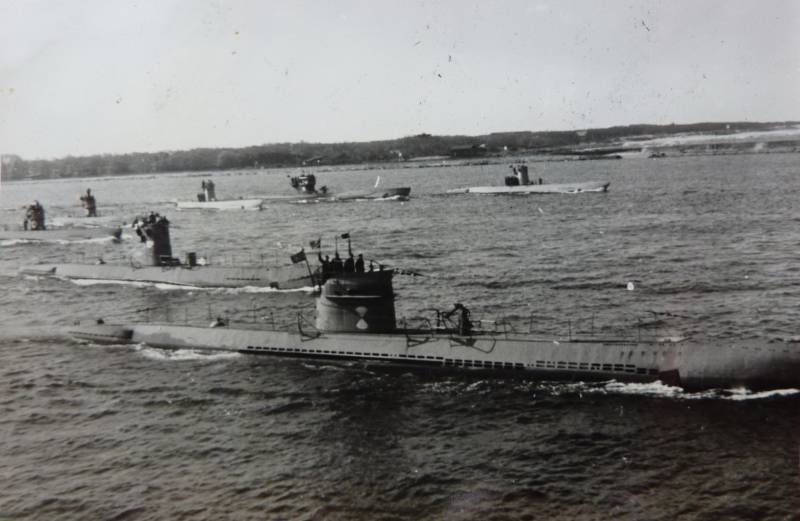
Yes, 120 years old story German diesel-electric submarines Germany is finished. The last page has been added to it.
In general, to be historically accurate, the first German submarines were not diesel-electric, but kerosene-electric, but less vicious and efficient weapons from this they did not.
The best example was the events of September 22, 1914, it’s hard to call this a battle, when a boat under the command of Otto Weddigen sank three British armored cruisers, Aboukir, Hog and Cressy, within an hour.
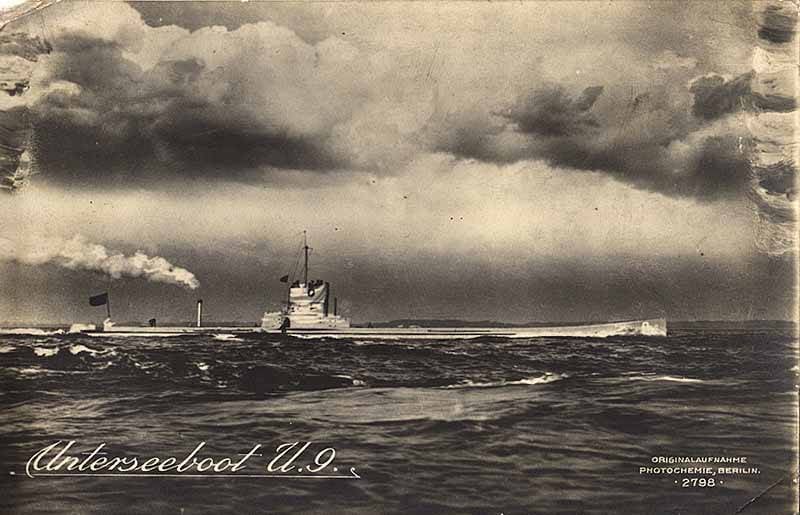
Yes, cruisers were not first-class ships, but they were outdated, but cruisers. The fact that three cruisers were sunk by a boat that had 4 torpedo tubes with six torpedoes (artillery on this type appeared a year later) only says that skillful hands and good weapons are the key to victory over any enemy.

Otto Weddigen
In general, what the German submariners did in the First World War was out of the ordinary, and Britain, bearing the title of "Mistress of the Seas", had many problems due to the actions of German submarines.
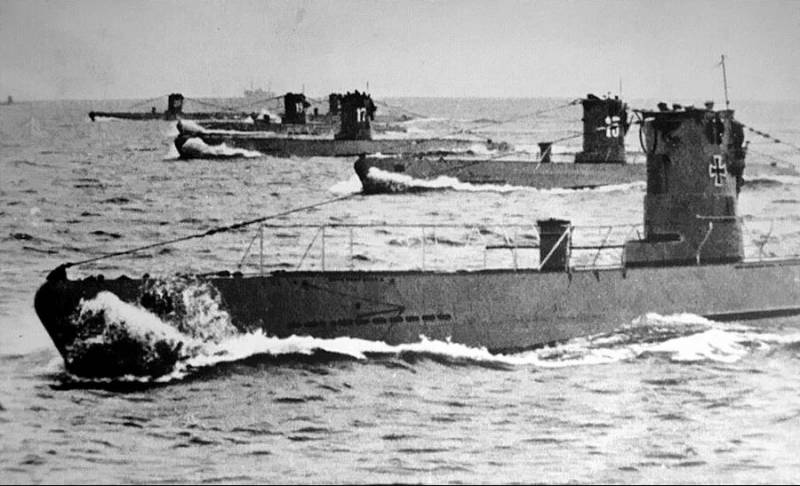
The Germans caused serious damage to world merchant shipping. On average, out of every 100 ships that left the ports of England, 25 were sunk by German submariners. During the First World War, German boats sank 5 merchant ships with a total carrying capacity of over 861 million reg. tons, as well as 11 surface warships, including 156 battleships, 10 cruisers and 20 destroyers.
Of the 372 German submarines that took part in the First World War, 178 (48%) were lost. One destroyed submarine accounted for about 74 thousand reg. tons carrying capacity of sunk merchant ships.
But even in the most terrible dreams in Britain, they could not imagine what would begin in some 30 years, when the “Wolf packs” of the Kriegsmarine would put the country on the brink of starvation, sinking all the ships that went to British ports.
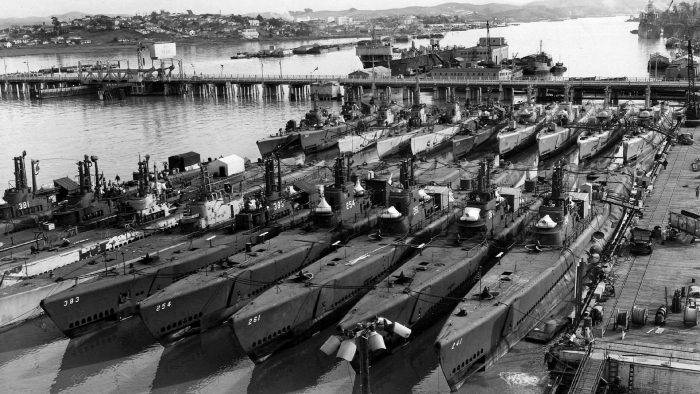
Kriegsmarine boats during the years of World War II sank 149 enemy warships, including two battleships, three aircraft carriers, five cruisers, eleven destroyers and many other ships, with a total of 2 and a total tonnage of 919 gross register tons.
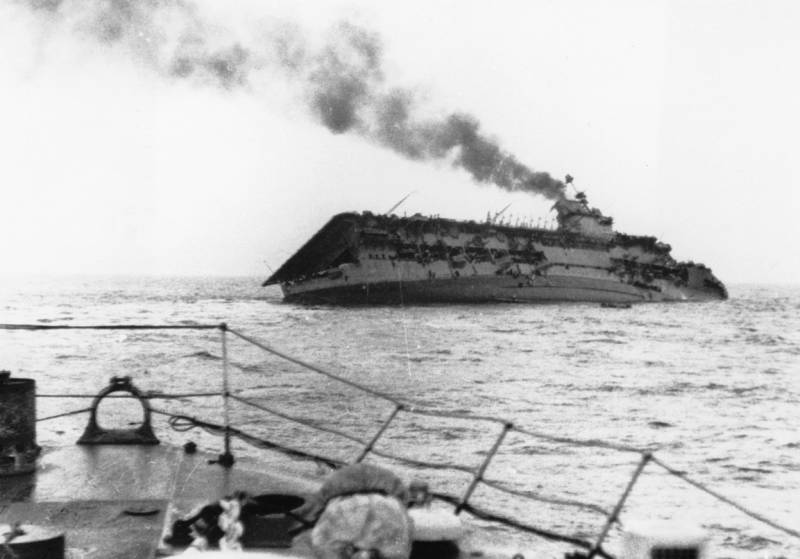
The aircraft carrier "Koreydzhes", the first aircraft carrier sunk by a submarine. But not the last
The Kriegsmarine started the war with 57 submarines, and during the war years 1113 boats were built. 863 took part in the fighting, 753 were killed.
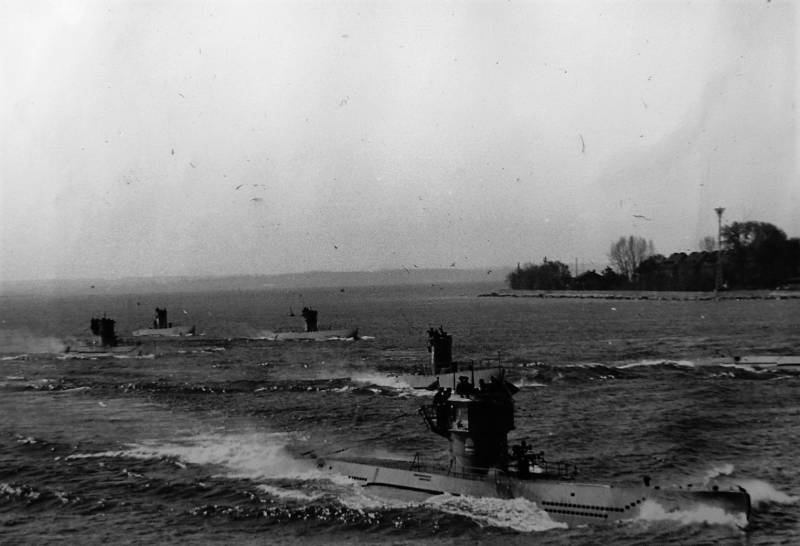
But the damage suffered by the Allies testifies both to the level of training of the crews and the quality of the submarines that left the German shipyards.
Here the boat U-2540 can serve as an example.
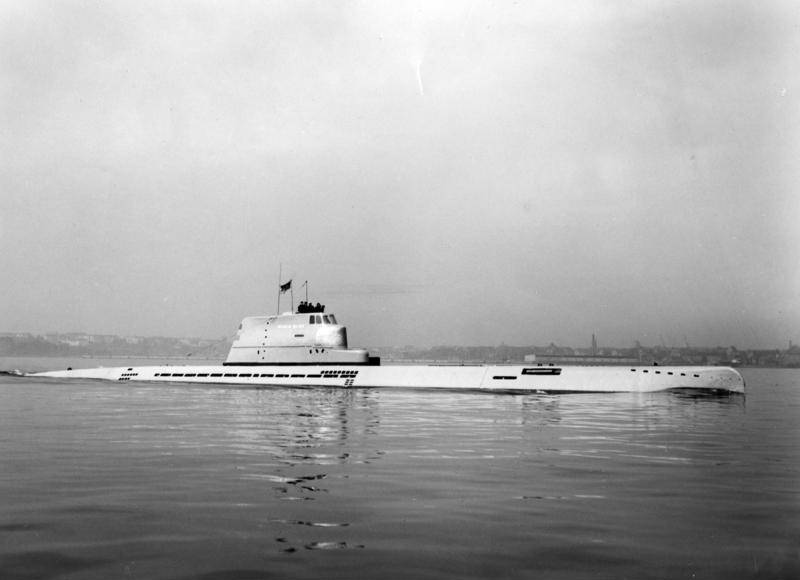
Launched in 1945, on February 24, 1945, she was accepted into service and enrolled in the 31st training submarine flotilla. May 4, 1945 was scuttled by the crew.
12 years later, in June 1957, U-2540 was raised, repaired and commissioned into the Bundesmarine. Under the name "Whale" (Wal), the boat first served to test new instruments and mechanisms, and on September 1, 1960, it was named "Wilhelm Bauer", in honor of the first German submarine engineer. She served as an experimental boat until August 28, 1968.
Then there was a long overhaul, but on May 20, 1970, the boat was again taken into service. On May 6, 1980, that is, at the age of 35, the boat collided with the destroyer Z3. It was decided to terminate the operation of the boat, on March 15, 1982, it was decommissioned and converted into a museum, which it still remains as. That is, it is confidently approaching its 100th anniversary.
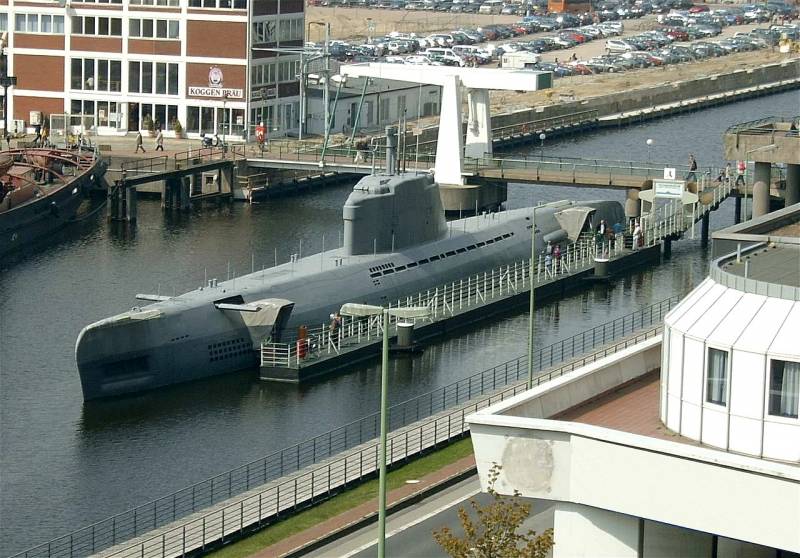
In general, they could and knew how to build submarines in Germany. Moreover, it happened because initially Germany lagged behind the pace of building ships in the UK at the beginning of the last century. And there was less money at the disposal of the German naval command. Hence it turned out that the bet on a new weapon was made unintentionally, but based on the circumstances. But it turned out to be more than effective.
The First World War brought the Germans world-class prestige in the development and construction of submarines. No wonder British Rear Admiral Wilson said that "submarine warfare does not fit into the concept of a noble military duel".
“Secret warfare has always been illegal. Opponents must fight face to face, dressed in easily recognizable uniforms. Therefore, the submarine as a backstage unfair weapon should be damned in England. In wartime, our government should treat all foreign submarines as pirate ships and execute their crews by hanging.”
But the German admirals were not so categorical in their judgments. Perhaps because they better understood the essence of the issue and understood that hanging is a much more humane and quick death than drowning with a submarine without the slightest chance of salvation.
And it was the victories of German submariners in the First World War that brought submarines from auxiliary coastal defense weapons to the class of attacking sea and ocean.

The winners quite rightly imposed a ban on the construction of submarines in post-war Germany - this was one of the points of the Versailles Peace Treaty of 1919.
But the Germans did not stop work - the company NV Ingenieurskantoor voor Scheepsbouw (IVS) appeared in Holland. The heart, of course, was the German designers and engineers, about the same as it happened with the Fokker. It was a foreign project of the German shipyards AG Vulcan, Germaniawerft from Kiel and AG Weser from Bremen.
And the company worked more than fruitfully, having completed a number of contracts with Finland, Spain, Turkey and the USSR. Yes, those same submarines of the "C" series are the business of German heads.
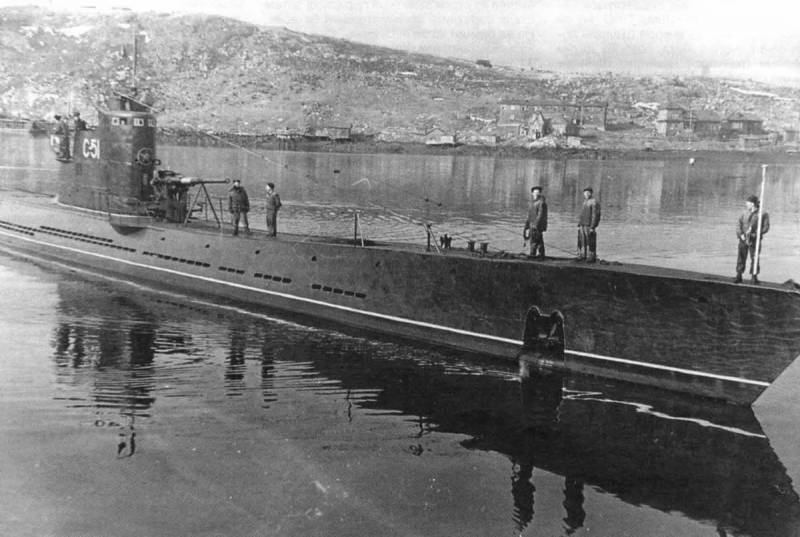
And when 1933 came, all business in Holland was quickly curtailed and the staff began to work hard on the revival of the Kriegsmarine already at home, in Germany.
After the surrender, Germany was divided into zones of occupation, which had a negative impact on submarine shipbuilding, and the FRG began developing its new submarines only at the very end of the 50s. Three boats of the Type 201 project with a displacement of 400 tons were built. The lead one, named U-1, entered service in 1961.
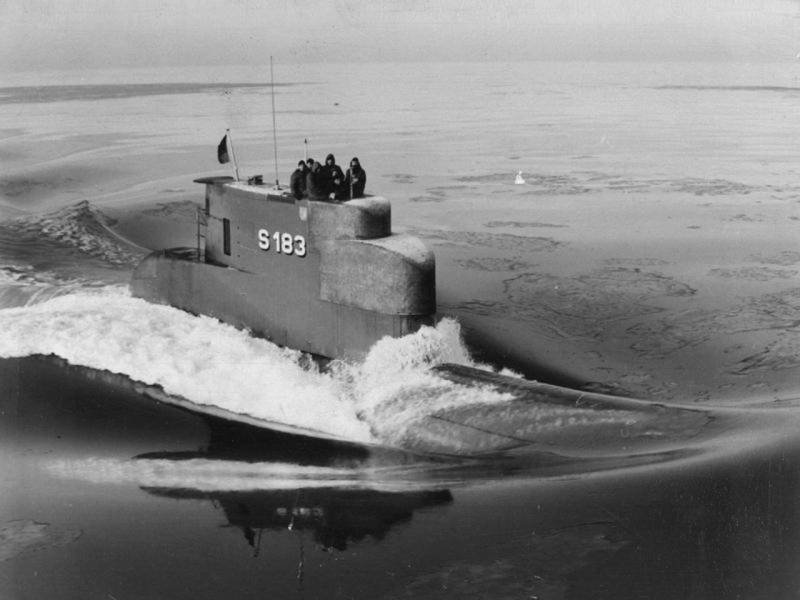
Then there was the Type 205 project, which turned out to be more successful than the previous one, and therefore 9 ships were built within its framework and several Type 201 boats were rebuilt.
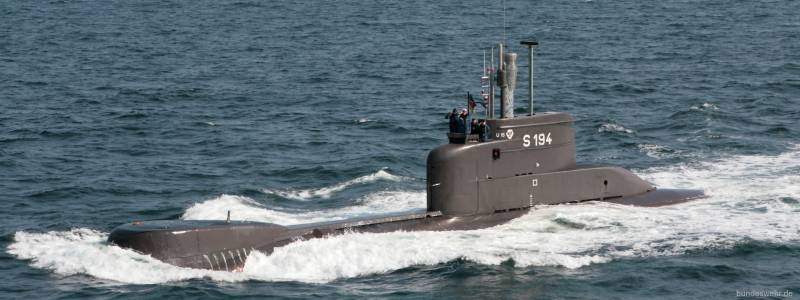
Type 205
In 1970-1975, 18 Type 206 submarines with a total displacement of 500 tons were assembled, which easily served until the end of the century. Plus, the same boats were exported to the Israeli Navy.
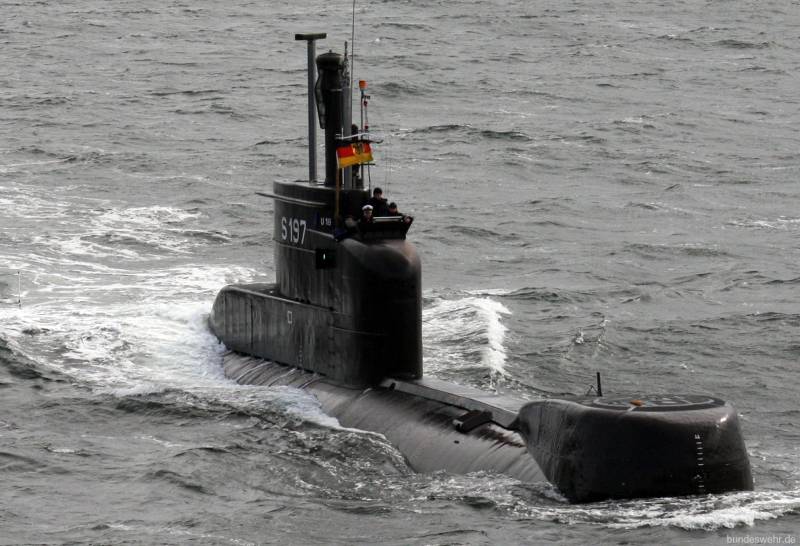
Type 206
The Type 205 was based on the Type 207.
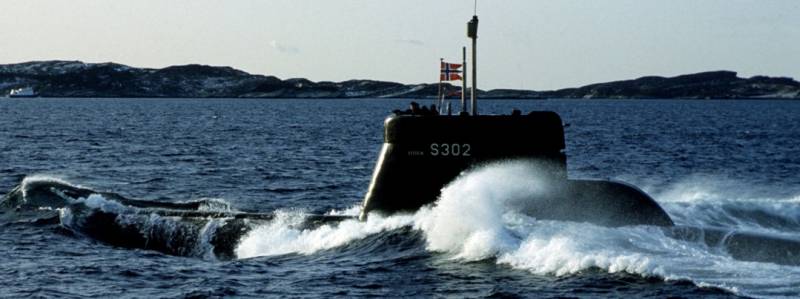
It was a full-fledged export-oriented variant. And he received recognition: 15 boats were ordered by Norway, boats built in 1964-67, having served their time in the Norwegian fleet, were transferred to Denmark (three boats) and Poland (five boats). Polish boats served for a very long time, the last two ("Skolpen" built in 1966 and "Svenner" built in 1967) were decommissioned in December 2021. More than decent service life.
And Norway thoroughly got hooked on German submarines and ordered a batch of the next project, Type 210 with a displacement of 1040 tons. The boats were received between 1989 and 1991, and are still in operation.
For Israel, in general, a special project Type 800 was developed.
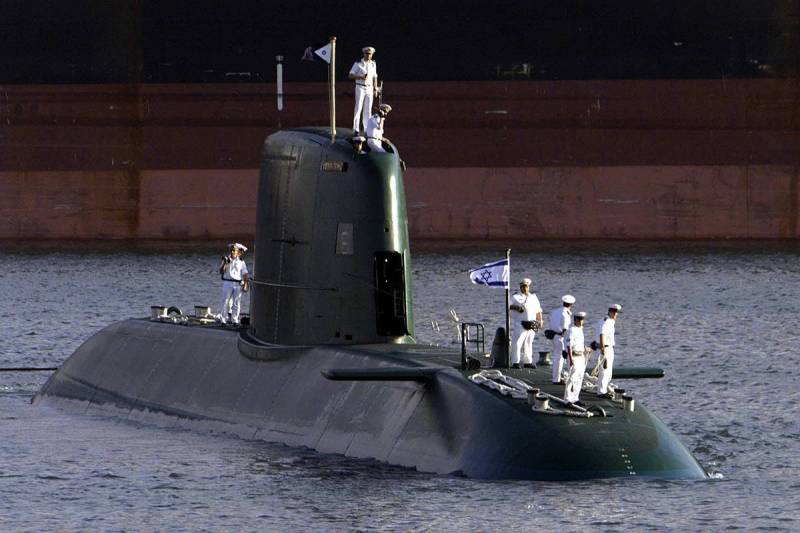
According to this project, three boats were built at the beginning of the century: Dolphin, Leviathan and Tekuma. And after that, three more boats of the next class "Tanin" were built, which were the same Type 800, but with a 10-meter insert for an auxiliary anaerobic power plant.
But the Type 800 actually became a dead end in the development of German submarines and did not go into a large series. But the Type 209, a project designed specifically for export, now it has become a bestseller.
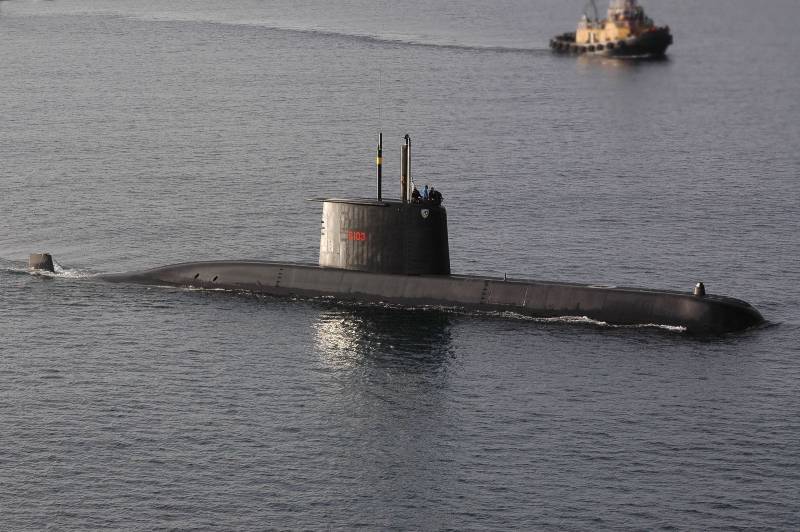
The development of this boat began in the late 60s, but the Type 209 ascended the throne in the 70s and 80s. The boat turned out to be very successful, and even with great potential for further upgrades. In total, several options were built, depending on the desire of the customer, the displacement varied from 1200 to 1800 tons.
For thirty years, before the beginning of the new century, Type 209 was sold out pretty well:
- Argentina - 2;
- Chile - 2;
- Colombia - 3;
- Ecuador - 2;
- Greece - 8;
- Peru - 6;
- Venezuela - 2;
- Indonesia - 2;
- India - 4;
- South Korea - 6;
- Türkiye - 10.
India, South Korea and Türkiye assembled boats on their territory. And in the waters of South America, every second submarine was "German". Confession…
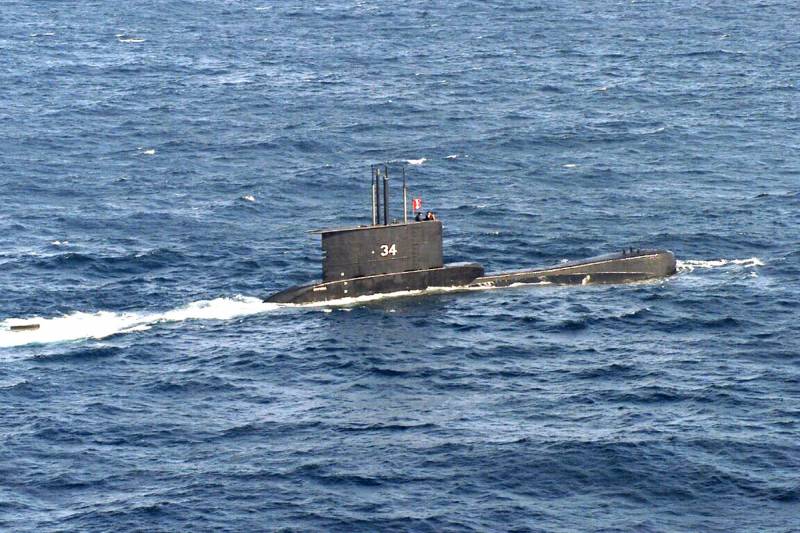
But in the new century, Type 209 did not go unnoticed. South Korea assembled 3 boats at its own (if not foreign!) shipyards, Turkey 4 more boats, Indonesia built 3 boats.
In addition, Germany built 1 boat for Brazil, 3 boats for South Africa, 4 boats for Egypt.
Thus, 68 boats were built in 50 years. To date, 4 boats have been decommissioned for various reasons and one has sunk. But 63 boats are serving in the fleets of 14 countries, although some are already beginning to lose their combat capability.
The Type 209 boat is not cheap. In 2006, one boat sold for $286 million. By the end of the construction of the 209 series, the price had risen to $ 500 million, but even such a considerable price pales before the price of the new Type 212A boat, which hovered in the region of a billion dollars.
And today, the Type 209 is technically still in the line of the manufacturer, Thyssen-Krupp Marine Systems (TKMS), but the German Navy is no longer placing orders for this boat. License assembly in the same South Korea or Indonesia is a rather profitable business, since it allows you to shift the least profitable parts of production onto the shoulders of others.
And now - a completely logical announcement that Thyssen-Krupp Marine Systems are refusing to produce diesel-electric submarines and are switching to the production of submarines with an air-independent power plant (VNEU). It is also called anaerobic.
The Type 212A and its simplified export version, the Type 214, remain in production.

In addition, there are even newer (but not necessarily cheaper) Type 212CD and 218 designs.

A new round of development? Definitely yes.
Of course, boats with VNEU differ sharply from conventional diesel-electric submarines, primarily in autonomy. If the Type 209, chic in its performance characteristics, could continuously move under water without surfacing for up to three days, then the Type 218 could have been under water for three weeks.
The gap, of course, is fantastic, previously available only to nuclear submarines. But you have to pay for everything. Submarines with VNEU are much more complicated, and therefore more expensive, but they also require special coastal infrastructure. Naturally, it's not cheap either.
It is clear that not everyone can afford a boat with VNEU. Naturally, the countries of South America, precisely because of financial circumstances, chose diesel-electric submarines for themselves. And as of the beginning of 2023, 68 Type 209 diesel-electric boats and only 30 boats with VNEU were built (considering two boats, Turkish and Singaporean, which are being tested).
Therefore, in quantitative terms, the figures for the construction of boats of the twentieth century (DEPL) and XXI (VNEU) turned out to be comparable: 21 diesel-electric submarines of the Type 209 project (counting together with Israeli boats of the Type 800 project) and 25 boats with VNEU.
Here, of course, it is worth asking the question: is it not in vain that TKMS practically abandoned the development of something new, or the modernization of the 209th project, in the presence of orders for diesel-electric submarines?

Apparently not in vain. Of course, those boats from the 209th, which will be assembled at foreign shipyards, will bring some penny to the Thyssen-Krupp cash desk. But it is obvious that the concern considered the 209th project to have exhausted its capabilities. After all, 50 years. For a submarine project, this is a lot, after all, a submarine is not a tank.
The fact that the world's leading manufacturer (and Germany, together with Russia and France, is the top three in the production of diesel-electric submarines) refuses to continue work on diesel-electric submarines, says a lot at once. Including the fact that the engineers of such a well-known company believe that the diesel-electric submarine has exhausted all the possibilities for further development and the future belongs to more expensive, but more efficient boats with VNEU.
But one way or another: Thyssen-Krupp Marine Systems announces to everyone that no more diesel-electric submarines will be built. Anyone who wants to can go to French or Russian shipbuilders, but for the rest there is a reason to think about equipping their fleet with submarines with VNEU, fortunately, Thyssen-Krupp Marine Systems has a choice.
The age of diesel-electric submarines is clearly coming to an end. After all, the more orders there are for boats of projects 218, the lower the price will be for them. market laws.
No one says that diesel-electric submarines will completely leave the scene, of course not! Third world countries must equip their fleets with something, right? And those boats that have been released in the last couple of decades will surely change more than one owner.
But in those countries whose navies can be used for their intended purpose, they will most likely start thinking about equipping the latest boats with VNEU, since this gives a real advantage.
By the way, what do we have with the project 677 "Lada"?
Information